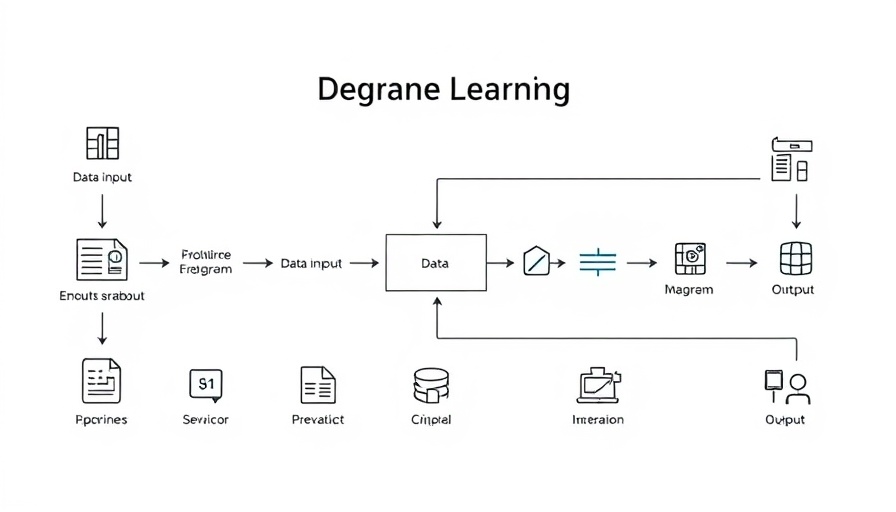
Understanding AIPasta: The New Threat of AI-Enabled Disinformation
In an age where information can be generated, modified, and disseminated in mere seconds, a novel player has emerged in the field of online disinformation: AIPasta. This term refers to the use of artificial intelligence to paraphrase and propagate false narratives by creating multiple variations of the same misleading message.
The Mechanism Behind AIPasta
Research led by Saloni Dash published in PNAS Nexus highlights the emerging phenomenon of AIPasta, which cleverly combines generative AI's capabilities with the psychological effects of repetition. When a message is repeated many times, it often gives the false impression of truth—this is known as the "repetitive truth" effect. Through AIPasta, AI algorithms create slightly altered versions of the same statement, making it appear that a wide array of individuals agree with a singular narrative. This approach has been tested, especially with conspiracy theories surrounding controversial topics like the legitimacy of the 2020 presidential election and claims regarding the COVID-19 pandemic.
Empirical Findings & Potential Risks
The analysis involved an online survey of 1,200 Americans, aiming to gauge the effectiveness of AIPasta versus traditional disinformation techniques, such as CopyPasta. While most participants were not swayed by either method, those with Republican beliefs showed a significantly increased belief in the misleading claims presented through AIPasta.
What’s particularly alarming about AIPasta is its ability to bypass detection by current AI-text detectors. Unlike traditional CopyPasta, which was easily identifiable, AIPasta's nuanced variations could allow such content to circulate unfettered across social media platforms, making it increasingly challenging to combat this new wave of disinformation.
Influencing Public Perception: Broader Implications
As we dive deeper into the implications of AIPasta, it’s essential to consider its potential impact on societal norms and trust in public discourse. While the core messages may not convince individuals of falsities, simply creating an illusion of consensus can significantly alter public perception. This change can lead to the normalization of unfounded beliefs and make logical discourse increasingly difficult.
Counteracting Disinformation
To navigate the AIPasta landscape, individuals must cultivate critical thinking skills. This includes distinguishing between authentic and manipulated content, as well as understanding the mechanisms behind information propagation. Encouraging robust discussions around misinformation can empower the public to challenge misleading narratives effectively.
Final Thoughts
The rise of technological advancements, particularly in artificial intelligence, presents both opportunities and challenges in the realm of information dissemination. As AIPasta illustrates, we must remain vigilant and proactive in combating disinformation tactics that exploit human psychology. Staying informed and critically analyzing messages we encounter helps reinforce our collective resilience against the manipulation of truth.
 Add Row
Add Row  Add
Add 




Write A Comment